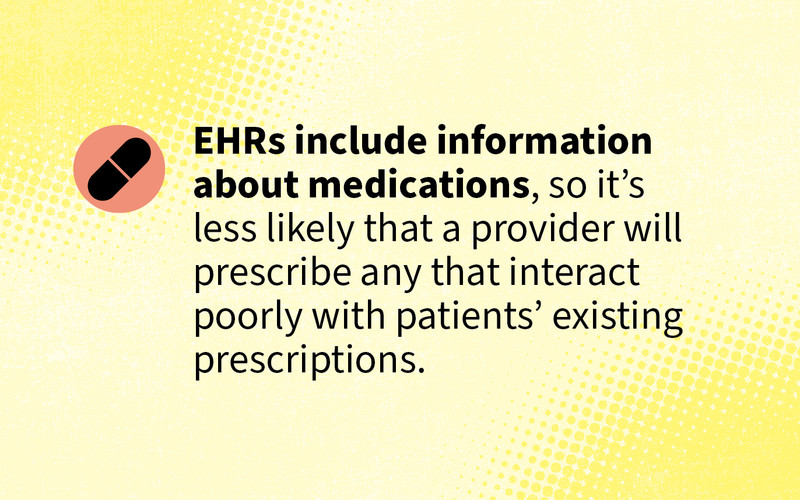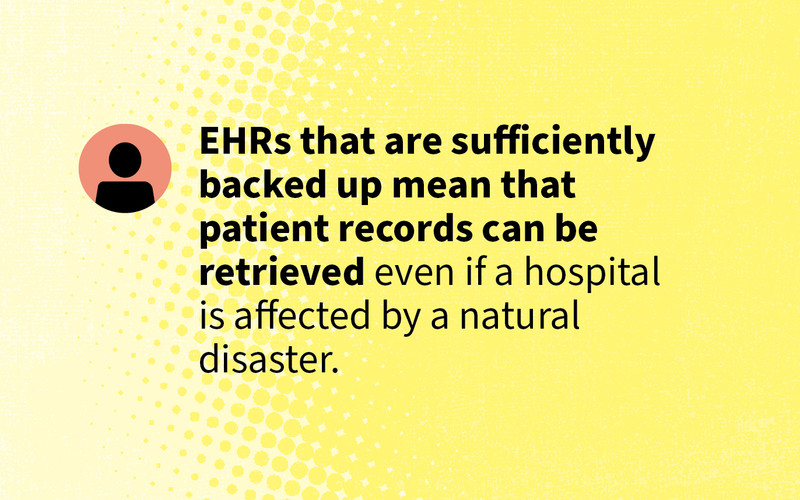Since the Health Information Technology for Economic and Clinical Health Act of 2009 pushed the adoption and use of EHRs, nearly all U.S. healthcare organizations have transitioned away from paper-based records. Supporting multiple systems can lead to problems, including a lack of interoperability and clinician burnout, but it is still relatively rare for hospital systems to be standardized on one EHR.
“Some larger organizations with the budget and human resources have taken the leap to consolidation over the past five to 10 years,” says Christina Grimes, digital health strategist at the Healthcare Information and Management Systems Society. “It is still an incredibly small number of health systems, but we are at a point where leaders know they need to move in this direction.”
The Costs and Benefits of EHR Consolidation
Consolidated EHR systems can lead to insights that save hospitals money, Grimes says, and patient portals provide one-stop access to lab results, billing, appointment scheduling and clinician messaging. “Patients are demanding this,” she adds.
Before the Epic rollout at University Hospitals, Eardley says, providers had to toggle between systems to find patient information, and login routines took up to 30 seconds. Now, login time is down to about 5 seconds, and clinicians can access all patient data through one common portal.
“We always strive to deliver the highest-quality care,” Eardley says. “Having to click around and hop to other systems makes it less likely that you’re going to have everything in front of you to make the best clinical judgment.”
The organization budgeted more than $600 million for its Epic rollout, which included the purchase of new HP PCs, new monitors, licensing costs and more than 2,000 temporary contract workers to train the organization’s 34,000 users.
Eardley anticipates that the rollout will yield more than $100 million in annual benefits, including increased productivity for clinicians, more efficient billing practices, reduced no-show rates and fewer surgery cancellations.
“We have a very thin margin, and we didn’t want this to be an added cost,” he says. “The benefits allowed us to be confident in this investment to deliver the best care for our patients.”

















